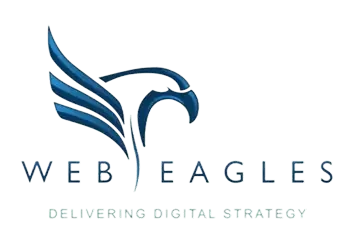How to Create a Great Website for Your Business
Your website is like your digital shopfront. It’s usually the first impression a potential client will get of your business and has a huge impact on how online audiences perceive your business. While social distancing is driving more and more businesses online, it’s crucial to invest the time and resources to get your website just right.
Make a plan
It’s important to know what you want to achieve from the get go. What purpose will your website serve? Will customers be able to make purchases, book appointments or ask questions? Outline your defined objectives and what calls to action you need to include to make your goals a reality.
Website design
There are plenty of options when it comes to how to actually build your website and each approach comes with its own pros and cons. You need to decide which is right for your company, considering cost, flexibility, functionality, design, security, integrations and maintenance. Keep your future needs in mind — how easy or hard will it be to make changes as your business grows?
Do it yourself
DIY or templated sites are likely to be more cost-effective and easier for non-technical teams to manage, but they won’t be as flexible, personalised or scalable.
Even if you don’t have experience, you can use a web builder such as Squarespace, Wix, Weebly, Shopify or Bigcommerce to put together a professional looking website by following easy step-by-step instructions.
Or, there are plenty of templates and themes for open source CMS available from sites like templatemonster.com and themeforest.net.
Hire a professional
If the needs of your business are a bit complex and you want a website that is uniquely tailored — or you’re not confident in your DIY abilities — you’ll need to enlist the services of a web builder to custom make a website for you, obviously at an extra cost.
A web developer can build a custom site on an open source CMS such as WordPress, or start from scratch and build a tailormade website to suit your exact needs.
Other things to keep in mind
- User experience should be your priority — keep the website’s design simple, with a clear structure and easy navigation.
- Keeping things simple will help you focus on site speed, which influences user satisfaction, bounce rate, search engine ranking and conversions.
- Even in 2018, 57% of viewing time is spent “above the fold”. So, make any calls to action or contact details easy to find at the top of the home page and use descriptive headlines so they can’t be missed.
- Always keep SEO best practices in mind when developing your website’s structure and content — make sure to create landing pages for unique topics and update your website regularly with fresh, relevant content. It’s all about building trust between your business and your clients.
For more tips and tricks on taking your business online, sign up for our weekly webinars through the button below.



